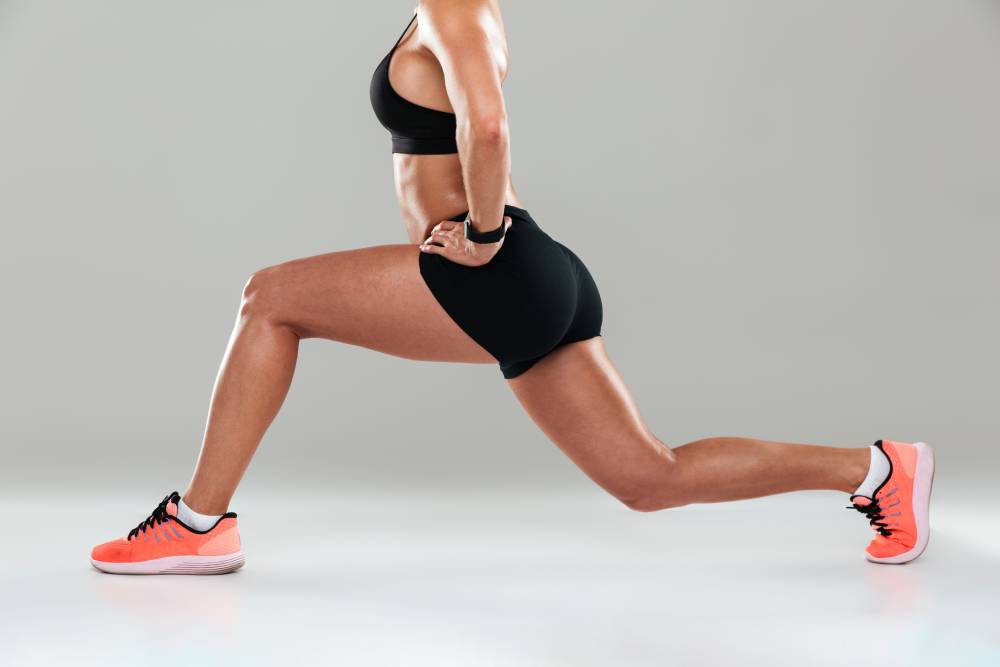How to Relieve Joint Pain
Joint pain is a common symptom that affects a large portion of the population. When it comes to joint pain, it is important to understand that joint pain is merely a symptom and that there can be multiple causes for the pain. Due to the complexity of our joints, many factors or a combination of factors can lead to joint pain and stiffness. In regards to intra-articular factors, meaning things that are found within the joints, at times there might be changes to joint surfaces that can lead to pain. These changes can include changes to the articulating surfaces of the joints and structures within the joint which may be caused by overuse, degeneration, or injury. These changes within the joint can lead to changes in the integrity of the joint, optimal functioning of the joint, swelling, and resulting in pain. In some of these cases, medical intervention can be utilized to improve the integrity of the joint space, increase function, and decrease symptoms. In the case that surgical and/or medical interventions are not deemed appropriate, it is important to consider other ways to effectively support the joint as a way of decreasing pain and increasing overall function.
 While sometimes pain seems to be coming from the joint itself, it is important to consider the external factors that may be contributing to joint pain. Each of our joints is surrounded by musculature to provide support and stability. At times, these muscles may become weak due to inactivity, compensation, or injury. When this occurs, the key neighbouring muscle groups that are designed to help support the joint may not be strong enough to properly support the joint through movement. This lack of strength and support can result in undue stress being placed on the joint. Proper identification of muscle weakness and specific strengthening of these muscle groups is very important in establishing adequate support and stability of the neighbouring joints. Not only does proper strengthening lead to an increase in function but it may further provide a decrease in symptoms by improving the mechanics and decreasing the stress placed on the joint.
While sometimes pain seems to be coming from the joint itself, it is important to consider the external factors that may be contributing to joint pain. Each of our joints is surrounded by musculature to provide support and stability. At times, these muscles may become weak due to inactivity, compensation, or injury. When this occurs, the key neighbouring muscle groups that are designed to help support the joint may not be strong enough to properly support the joint through movement. This lack of strength and support can result in undue stress being placed on the joint. Proper identification of muscle weakness and specific strengthening of these muscle groups is very important in establishing adequate support and stability of the neighbouring joints. Not only does proper strengthening lead to an increase in function but it may further provide a decrease in symptoms by improving the mechanics and decreasing the stress placed on the joint.
In the case of compensation, at times, the body may develop faulty movement patterns as a result of injury, pain, overuse, or inactivity. In these cases, the muscles that are designed to support and stabilize joints to allow them to move optimally may not be working effectively. At times, compensation patterns may result in faculty mechanics preventing the body from being able to utilize muscles in the most effective ways. While these compensation patterns might not cause pain initially, over time they can lead to undue stress on the joints and potential changes within the joint and resulting in pain. Both changes within the joint and changes to joint functioning can lead to pain. In these cases, it is important to conduct a thorough assessment to identify the compensation patterns that are preventing the body from moving optimally. Following the identification of the compensation patterns that are contributing to faulty mechanics and resulting pain, proper neuromuscular training and strengthening are essential to correcting these patterns and reinforcing efficient patterns that place less stress on the affected joint. In addition to mechanics and muscular stability playing a role in optimal joint functioning, it is also important to consider joint mobility. Joint stiffness is most often caused by weakness and/or reluctance to move the joint due to pain. In these cases, proper strengthening of the neighbouring muscles and mobility exercises to promote a joint range of motion are both important. Mobility exercises help to promote a joint range of motion and fluidity of movement which can help with easing joint pain that is brought on by stiffness.
In addition to mechanics and muscular stability playing a role in optimal joint functioning, it is also important to consider joint mobility. Joint stiffness is most often caused by weakness and/or reluctance to move the joint due to pain. In these cases, proper strengthening of the neighbouring muscles and mobility exercises to promote a joint range of motion are both important. Mobility exercises help to promote a joint range of motion and fluidity of movement which can help with easing joint pain that is brought on by stiffness.
The ways in which our joints move can be complex and require a proper assessment to determine exactly what is leading to joint pain. Our team of physiotherapists, athletic therapists, and kinesiologists are experts in assessment and can help you determine what is causing your joint pain and the ways to relieve your symptoms. Following an assessment with one of our providers, you will be provided with ways to alleviate your joint pain such as strengthening, mobility exercises, and/or movement pattern exercises. Having joint pain that is affecting your day-to-day routine? Call us today to book your assessment!
